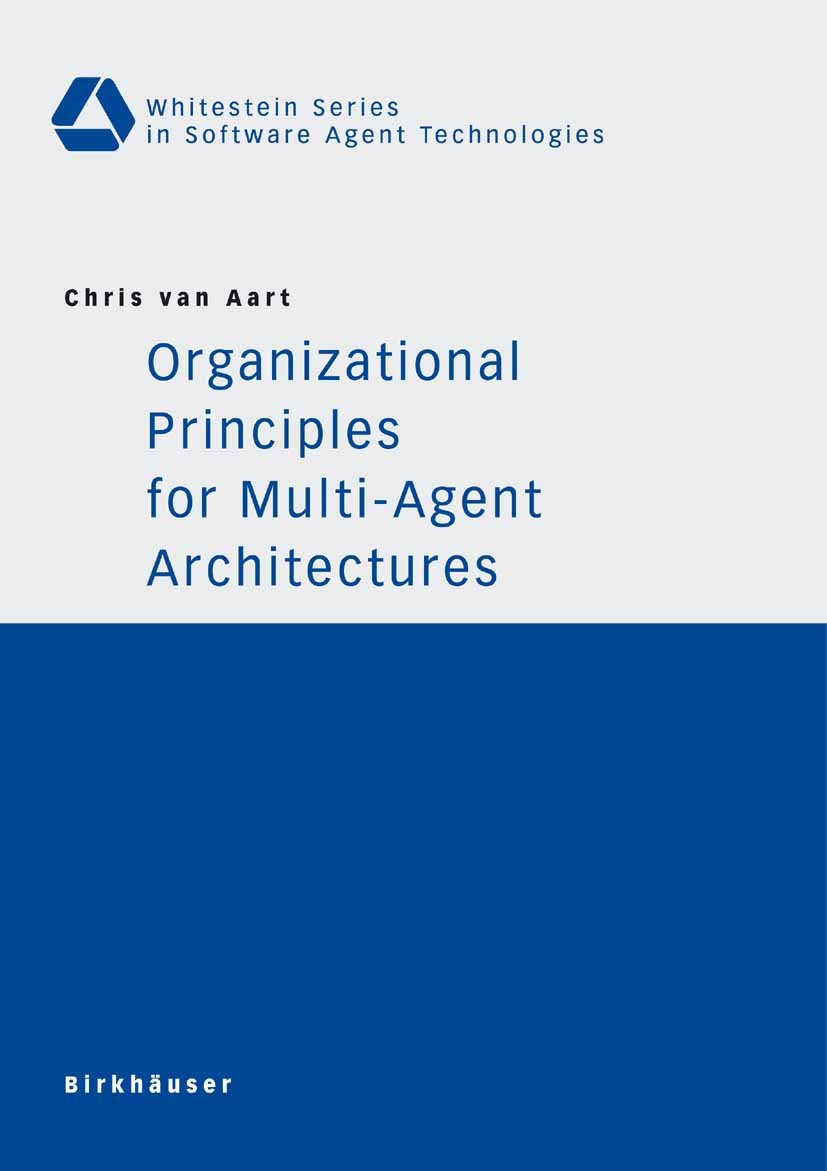| 書(shū)目名稱(chēng) | Organizational Principles for Multi-Agent Architectures | | 編輯 | Chris Aart | | 視頻video | http://file.papertrans.cn/705/704408/704408.mp4 | | 概述 | Introduction of several human organizational principles into multi-agent architecture.Use of industry-strength business cases in the logistics and insurance domain.Multi-disciplinary research, taking | | 叢書(shū)名稱(chēng) | Whitestein Series in Software Agent Technologies and Autonomic Computing | | 圖書(shū)封面 |  | | 描述 | 1. 1 Background In this work, we develop a framework for the design of multi-agent systems inspired by (human) organizational principles. Organizations are complex entities formed to ov- come various limitations of individual agencies, such as cognitive, physical, temporal and institutional limitations. There is a parallel between the complexity of organizations and multi-agent systems. Therefore, we explore the use of concepts, methods and techniques from human organizational design as architectural principles for multi-agent systems. Three research lines are presented: organizational modeling and coordination, interop- ability and agent models. Organizational modeling and coordination are concerned with how resources (i. e. agents) can be identi?ed and related to each other. In order to have agents cooperate, several issues of interoperability have to be addressed. Agent models deal with the design of individual intelligent software agents, taking into account typical features of agent intelligence. Every (human) activity raises two challenges: division of labor and coordi- tion [Mintzberg, 1993]. Division of labor is the decomposition of work (or goals) into various distinct tas | | 出版日期 | Book 2005 | | 關(guān)鍵詞 | Agent technology; Information systems; Multi-agents; architecture; intelligence; intelligent systems; mult | | 版次 | 1 | | doi | https://doi.org/10.1007/b137137 | | isbn_softcover | 978-3-7643-7213-2 | | isbn_ebook | 978-3-7643-7318-4 | | copyright | Birkh?user Basel 2005 |
The information of publication is updating

|
|
 |Archiver|手機(jī)版|小黑屋|
派博傳思國(guó)際
( 京公網(wǎng)安備110108008328)
GMT+8, 2025-10-6 23:18
|Archiver|手機(jī)版|小黑屋|
派博傳思國(guó)際
( 京公網(wǎng)安備110108008328)
GMT+8, 2025-10-6 23:18


